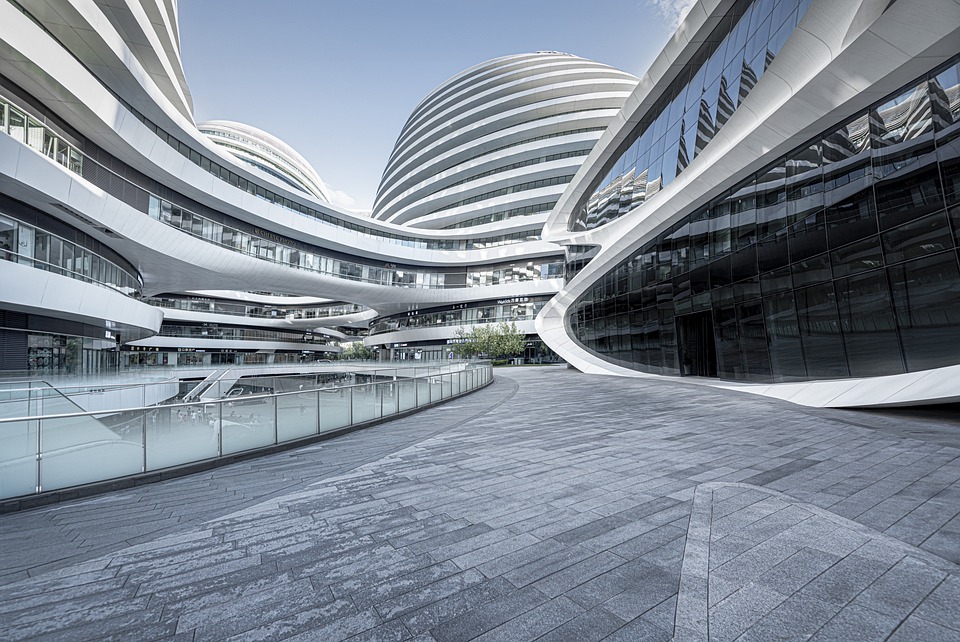Sustainable Construction Practices and Green Building Certifications
In the face of escalating environmental challenges, sustainable construction practices and green building certifications have emerged as critical components in creating eco-friendly living and working spaces. These initiatives aim not only to minimize the ecological footprint of buildings but also to enhance the health and well-being of their occupants. A leading authority in this realm is the US Green Building Council (USGBC), which has made significant contributions to promoting sustainability in the construction industry.
What is Sustainable Construction?
Sustainable construction refers to the design, construction, and operation of buildings in a manner that reduces their environmental impact while promoting the health of the people who use them. Key sustainable construction practices include:
-
Energy Efficiency: Utilizing energy-efficient materials and technologies, such as high-performance insulation, energy-efficient windows, and renewable energy systems (solar panels, wind turbines).
-
Water Conservation: Implementing systems that reduce water consumption, such as low-flow fixtures, rainwater harvesting systems, and green roofs that manage stormwater runoff.
-
Materials Selection: Choosing sustainable building materials that have a lower environmental impact, such as recycled or reclaimed materials, rapidly renewable resources (bamboo, cork), and those sourced from local suppliers to reduce transportation emissions.
-
Waste Management: Minimizing waste through effective resource management strategies, including recycling and reusing construction materials, diverting waste from landfills, and employing lean construction practices.
- Indoor Environmental Quality: Enhancing indoor air quality through proper ventilation, the use of non-toxic materials, and ensuring access to daylight and views for occupants.
Green Building Certifications
One of the most recognized frameworks for certifying sustainable buildings in the United States is the Leadership in Energy and Environmental Design (LEED) certification, developed by the USGBC. This globally recognized rating system encourages and accelerates green building practices. Buildings can earn LEED certification by meeting specific criteria across various categories:
- Location and Transportation: Sustainable site selection and promoting public transportation.
- Sustainable Sites: Strategies for managing rainwater and minimizing impact on ecosystems.
- Water Efficiency: Reducing water consumption through efficient plumbing fixtures and practices.
- Energy and Atmosphere: Optimizing energy performance and incorporating renewable energy sources.
- Materials and Resources: Encouraging responsible sourcing and reducing material waste.
- Indoor Environmental Quality: Promoting occupant health through better indoor air quality and natural lighting.
The impacts of LEED and other green certifications extend beyond the construction phase. Buildings that achieve these certifications typically experience lower operating costs, enhanced asset value, and an improved marketability due to heightened public awareness of environmental issues.
Environmental Impact
The environmental impact of sustainable construction practices is profound. By adopting green building principles, the construction industry can significantly reduce greenhouse gas emissions, conserve natural resources, and foster a healthier environment. According to the USGBC:
- Energy Savings: LEED-certified buildings save an average of 30% in energy compared to traditional buildings.
- Water Efficiency: These buildings can reduce water use by up to 40%, leading to substantial conservation of this vital resource.
- Waste Reduction: Many green projects achieve construction waste diversion rates of over 90%, reducing landfill contributions.
Moreover, the shift toward sustainable practices lowers the reliance on carbon-intensive fossil fuels, ultimately contributing to climate change mitigation efforts.
Conclusion
The importance of sustainable construction practices and green building certifications cannot be overstated. With the US Green Building Council leading the charge in promoting these initiatives, the construction industry has a transformative opportunity to foster a more sustainable future. Through energy conservation, water management, responsible material selection, and improved indoor environments, we can build structures that not only serve their purpose but also protect and enhance our planet for generations to come. As awareness continues to grow, builders, architects, and developers are encouraged to pursue green certifications and contribute positively to the environment, making sustainable construction a foundational element of modern architecture.



